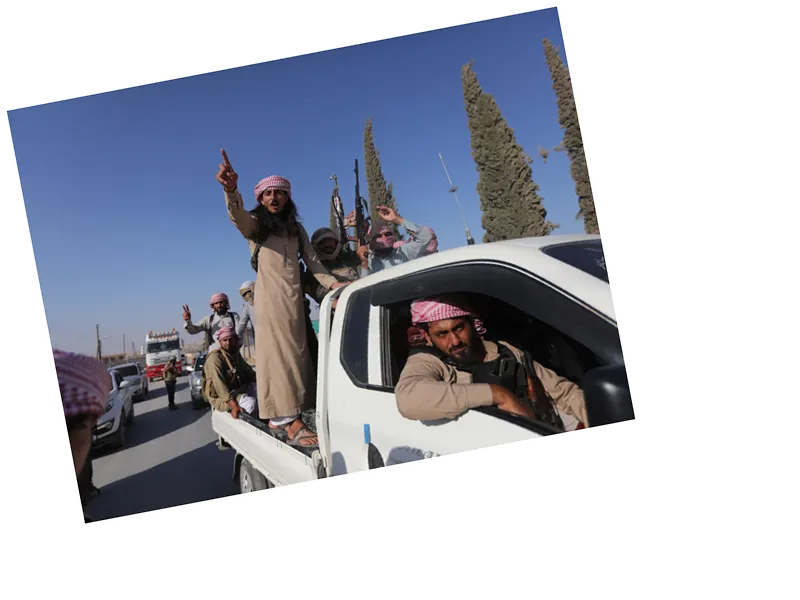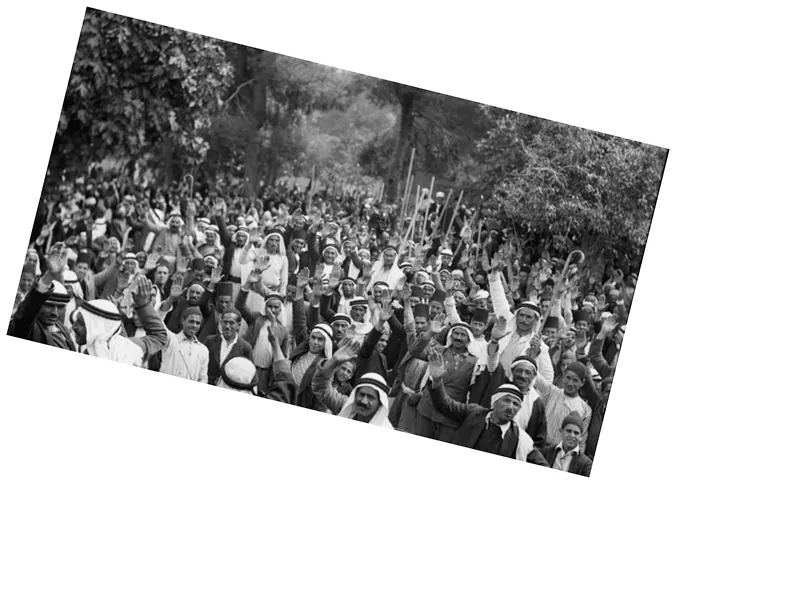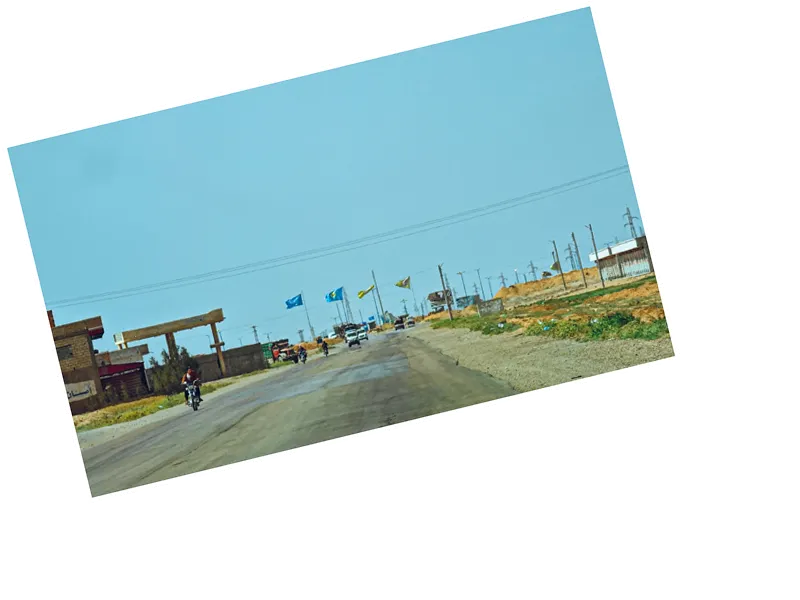The Roots of Discontent in Deir ez-Zor
The situation in Deir ez-Zor has escalated significantly since the tribal revolution led by Sheikh Ibrahim Al-Hafel in 2023. The revolution was a response to the SDF's (Syrian Democratic Forces) control over the region, which many locals felt disregarded their rights and autonomy. Initially sparked by demands for democracy in 2011, the region saw a mix of peaceful protests and armed resistance against the regime, leading to a complex power struggle that has continued to evolve over the years.
The Role of Sheikh Ibrahim Al-Hafel
As the leader of the revolution, Sheikh Ibrahim Al-Hafel has become a central figure in the ongoing conflict against the SDF. His leadership has galvanized tribal forces, who have expressed their loyalty and support for his cause. However, the SDF's response has been swift, involving military action and negotiations to suppress the uprising. The relationship between Al-Hafel and the regime's intelligence services raises questions about the motivations behind the current battles, as many residents remain wary of potential influence from Iran and regime forces.
The Future of Deir ez-Zor
The recent military actions by Al-Hafel's fighters against SDF positions have created a precarious situation in Deir ez-Zor. While some residents support these raids, there is a prevailing sentiment that they may not lead to true liberation from SDF control. Concerns linger that any power vacuum could be filled by Iranian proxies rather than local tribal leaders. The complex dynamics of power in the region highlight the ongoing struggle for autonomy and self-determination among the tribes of Deir ez-Zor.






